
8 Warning Signs of Oral Cancer
The mouth (oral cavity) is the beginning of the digestive tract, serving as the connection between the inside and outside of the body. It includes the lips, cheeks, teeth, gums, soft and hard palate, tongue, tonsils, and salivary glands.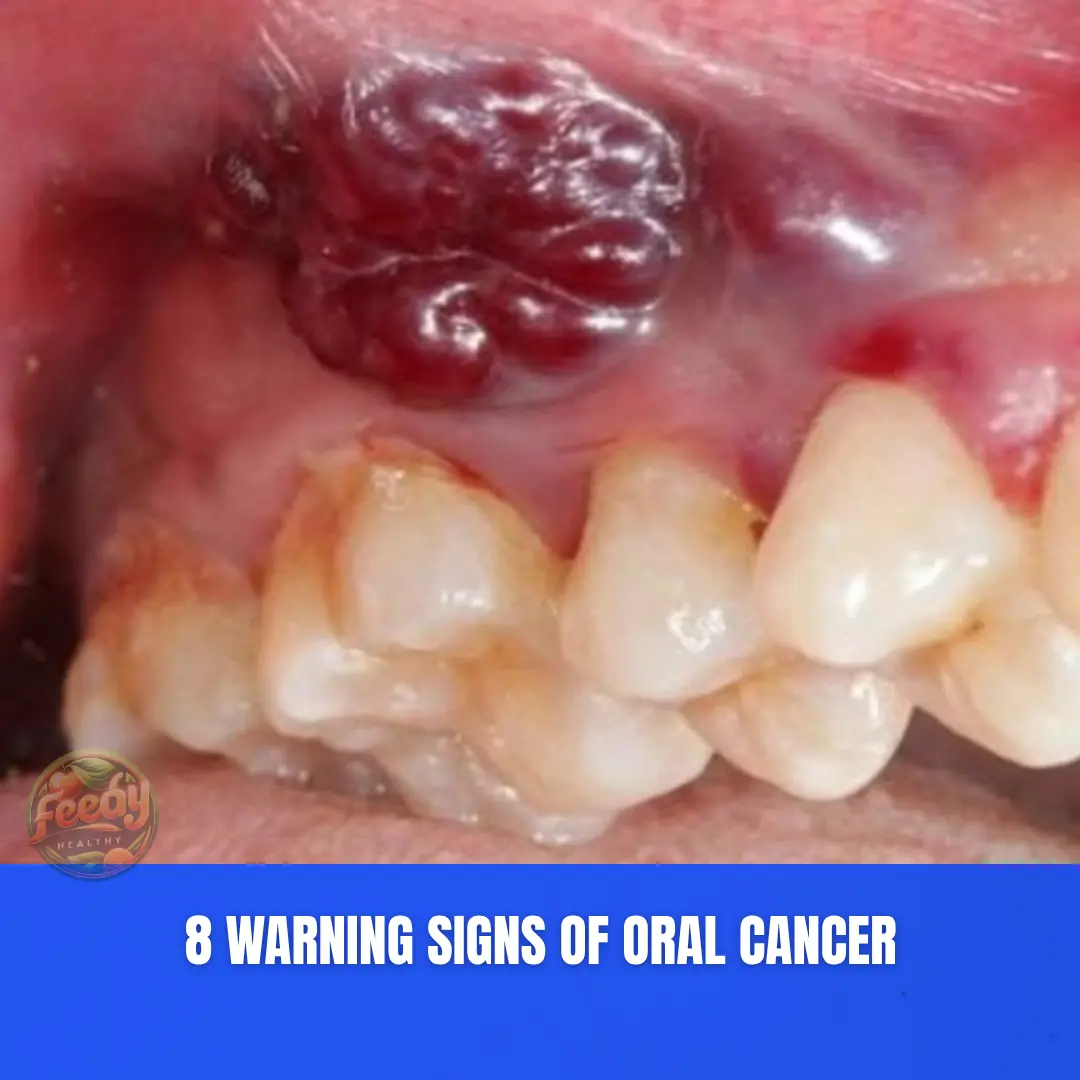
Oral cancer is a malignant disease that can develop in any part of this cavity. Because its symptoms often resemble those of common mouth infections or inflammation, it is frequently diagnosed only in the later stages.
Stages of Oral Cancer
Oral cancer is divided into four stages based on the tumor’s size and its spread (metastasis):
-
Stage 1: The tumor is less than 2 cm in size and has not spread to lymph nodes.
-
Stage 2: The tumor measures between 2–4 cm and has not yet spread to lymph nodes.
-
Stage 3: The tumor is larger than 4 cm but has not reached lymph nodes, or it can be any size but has spread to one lymph node without reaching other organs.
-
Stage 4: The tumor can be of any size, and cancer cells have spread to nearby tissues, lymph nodes, or distant organs.
8 Warning Signs of Oral Cancer
-
Persistent pain in the mouth:
Unexplained pain in the oral cavity that worsens over time. If ulcers or lesions appear, they may become increasingly painful. When cancer cells invade nearby nerves, pain can radiate to the ear or throat. -
Changes in mucosal color:
In healthy individuals, the oral lining is light pink. In those with oral cancer, it may appear pale or dark due to epithelial cell changes. -
Swollen lymph nodes in the neck:
Oral cancer often spreads to the cervical lymph nodes, causing sudden swelling in the neck. -
Difficulty moving the mouth:
When the tumor invades the jaw muscles, opening or moving the mouth becomes painful and stiff. -
Non-healing mouth ulcers:
Sores resembling canker sores that do not heal after two weeks, accompanied by burning or pain. -
Tongue stiffness or numbness:
The tongue loses flexibility, making it hard to eat, speak, or swallow. Some may experience numbness, loss of sensation, or unexplained nosebleeds due to nerve involvement. -
Unhealed wounds after tooth extraction:
Swelling, redness, and bleeding easily occur at the site of extraction or other oral lesions. Patients may also notice loose or falling teeth and facial asymmetry. -
Oral bleeding:
This is a serious symptom, often indicating that the disease has progressed. Even slight contact may cause bleeding.
Risk Factors for Oral Cancer
-
Tobacco and alcohol use:
These are the two leading causes of head and neck cancers, including oral cancer. -
Viral infections:
Infections with Herpes simplex virus or Human Papilloma Virus (HPV) increase cancer risk. -
Genetic and systemic factors:
Conditions like xeroderma pigmentosum, anemia, or Fanconi syndrome may contribute. -
Precancerous oral lesions:
Such as leukoplakia, erythroplakia, chronic hyperplastic candidiasis, or persistent traumatic ulcers.
Prevention
To prevent oral cancer:
-
Quit smoking and limit alcohol consumption to reduce exposure to carcinogens.
-
Eat more vegetables and fruits rich in vitamins, especially carrots.
-
Have regular dental and oral checkups every six months to detect abnormalities early.
News in the same category

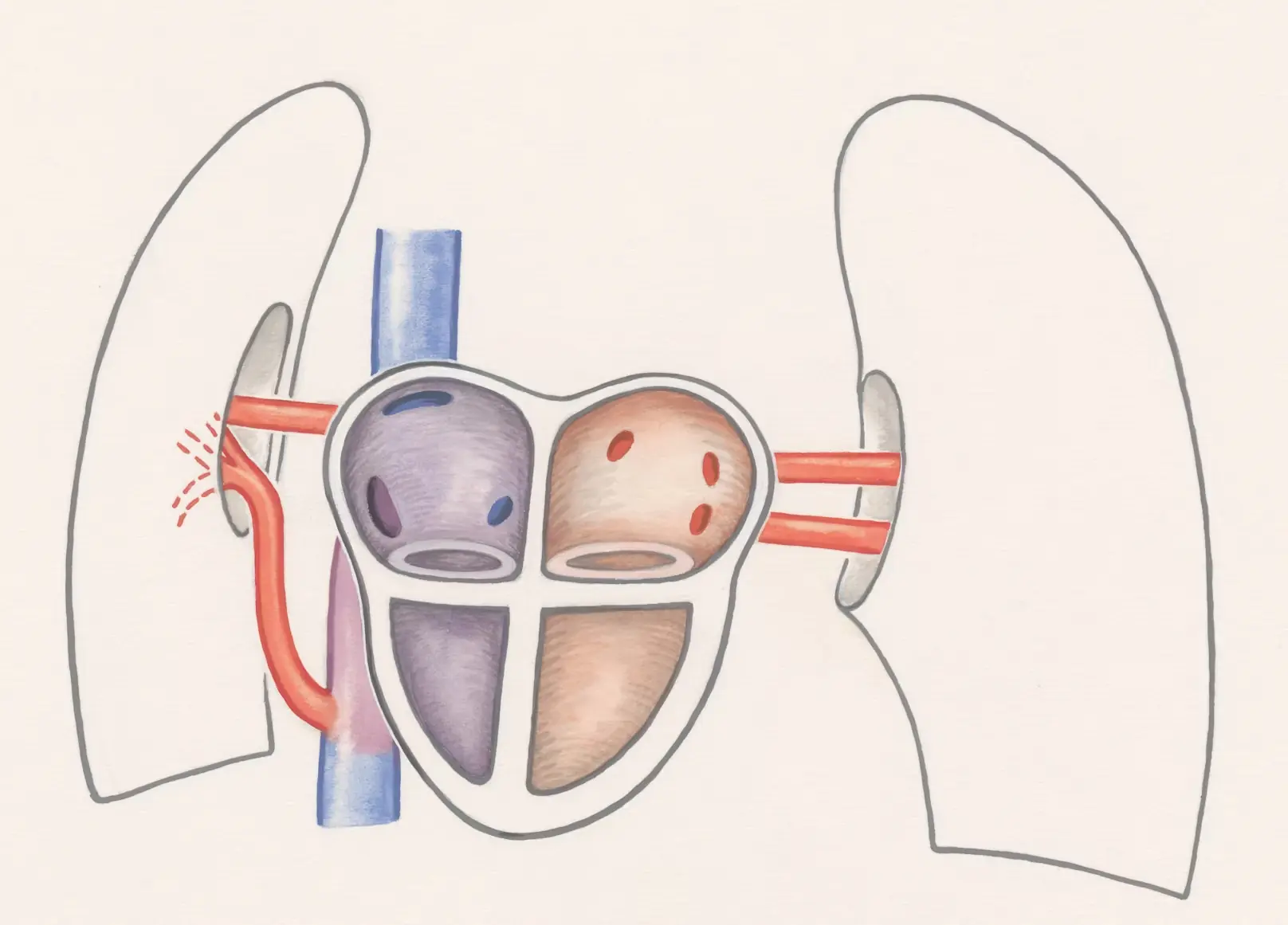
Doctors Shocked After Finding 300 Kidney Stones In Young Woman

13 Reasons You Should Eat Eggs and Sweet Potatoes Every Morning

If your mouth feels dry at night, here are 8 reasons why

SENIORS: This Sleeping Position Raises Your Stroke Risk
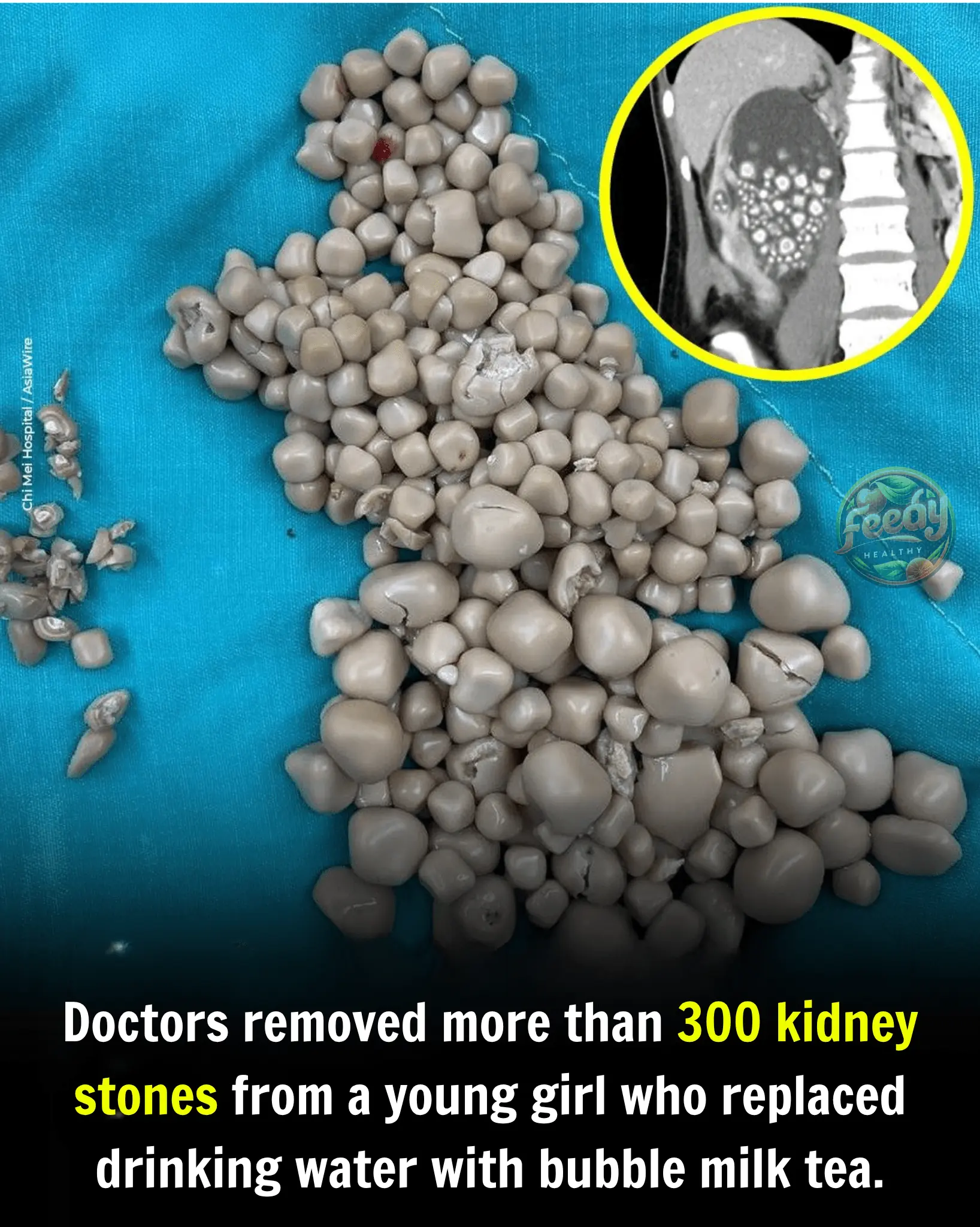
300 Kidney Stones Likely Caused by Drinking Bubble Milk Tea Instead of Water

Avocados: The nutrient-packed fruit doctors recommend
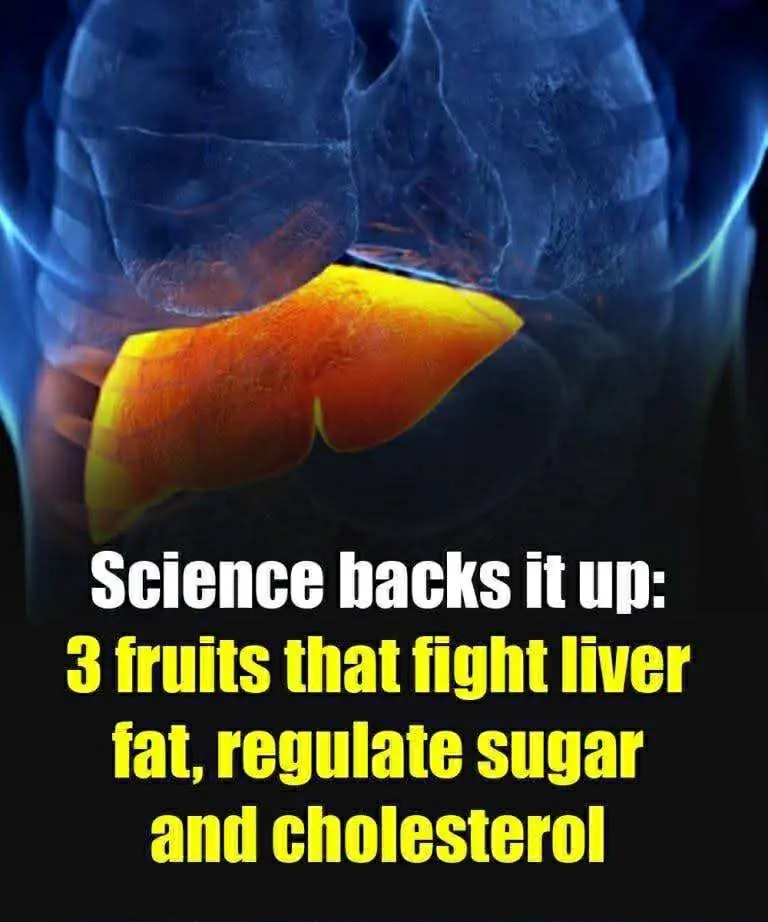
Science backs it up: 3 fruits that fight fatty liver, regulate sugar and cholesterol
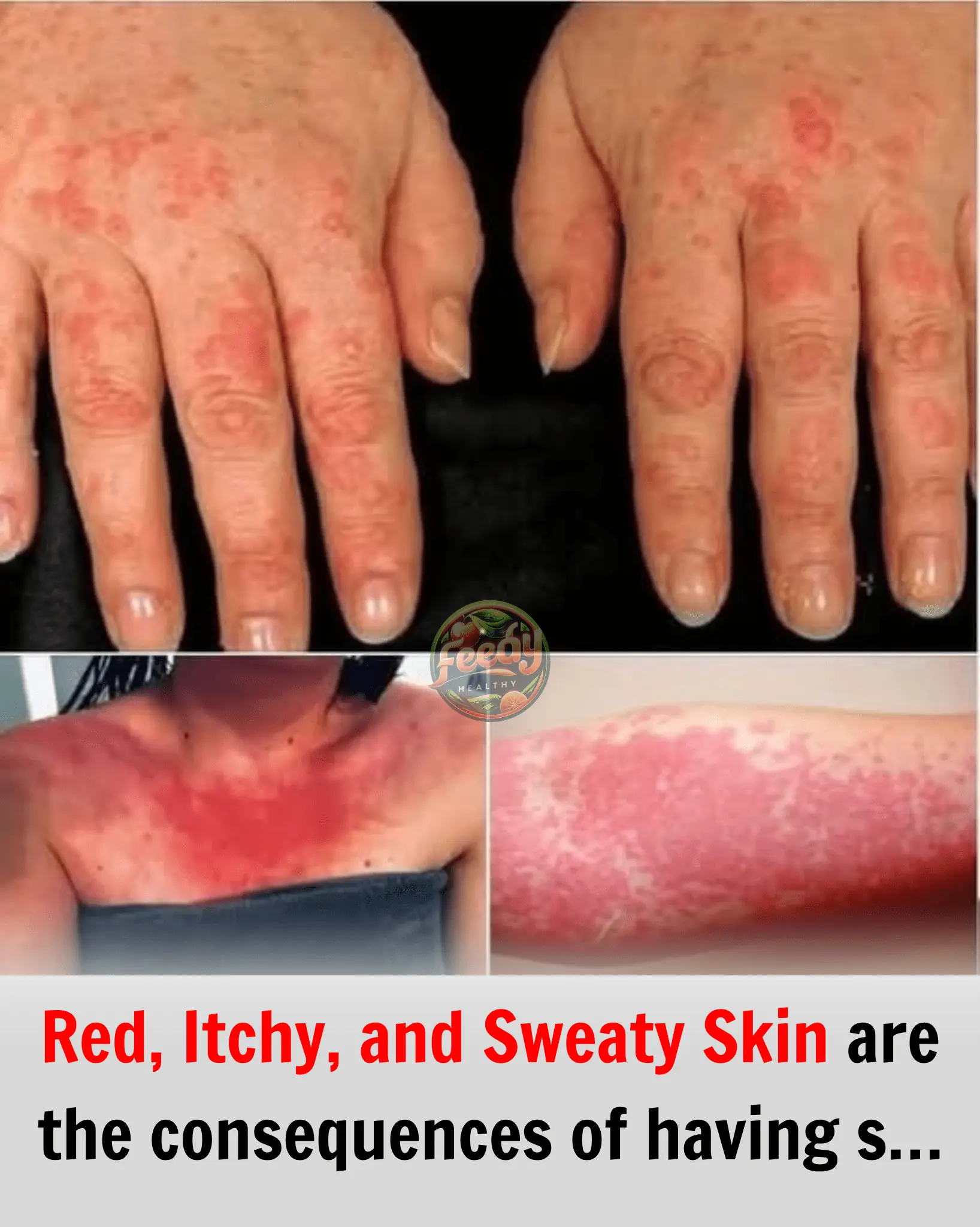
Red, Itchy, and Sweaty Skin are the consequences of having s… See more

Red, Itchy, and Sweaty Skin are the consequences of having s… See more

Oropharyngeal Cancer: Not Just Caused by Smoking
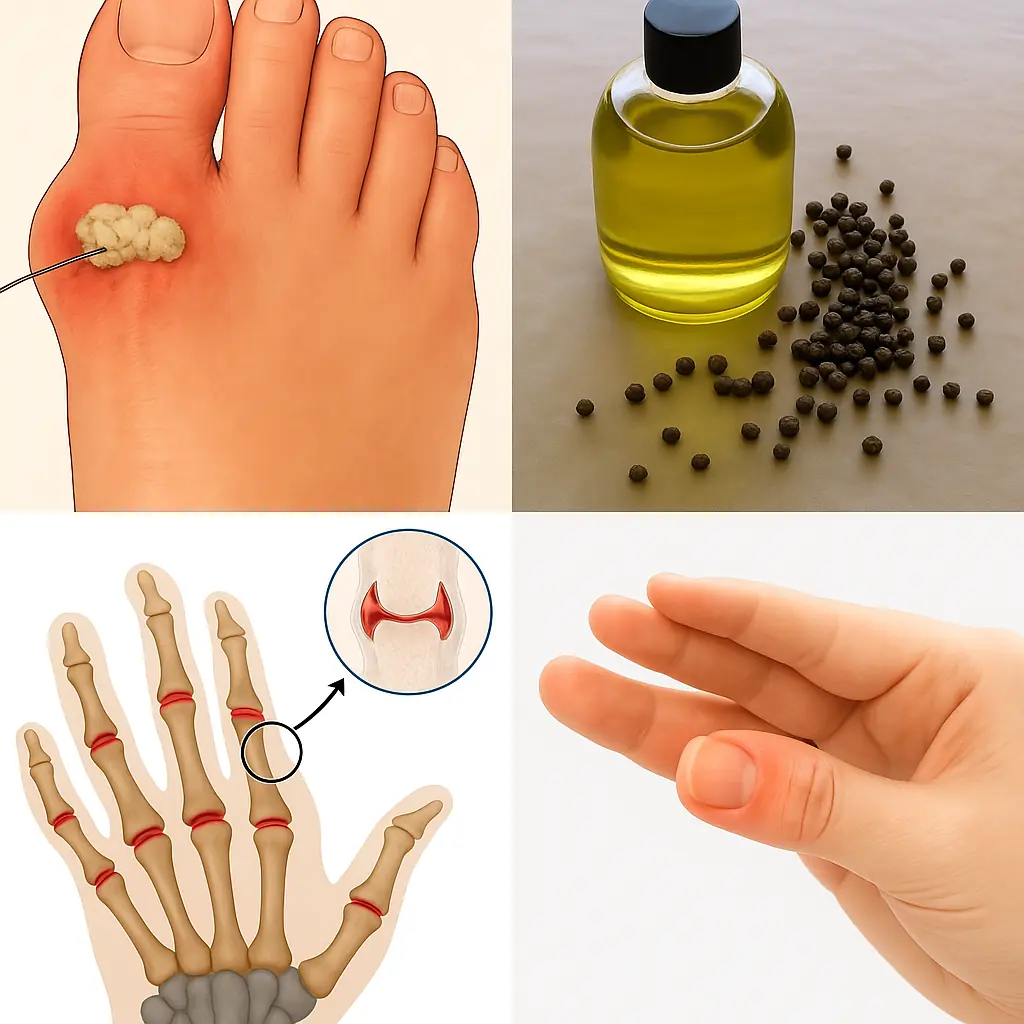
Black Pepper Oil: The Spicy Secret to Health and Smoking Cessation

The Health Benefits of Sleeping Naked: What Science Actually Says

Grounding with Trees: How Barefoot Earthing and Tree Energy Can Restore Balance
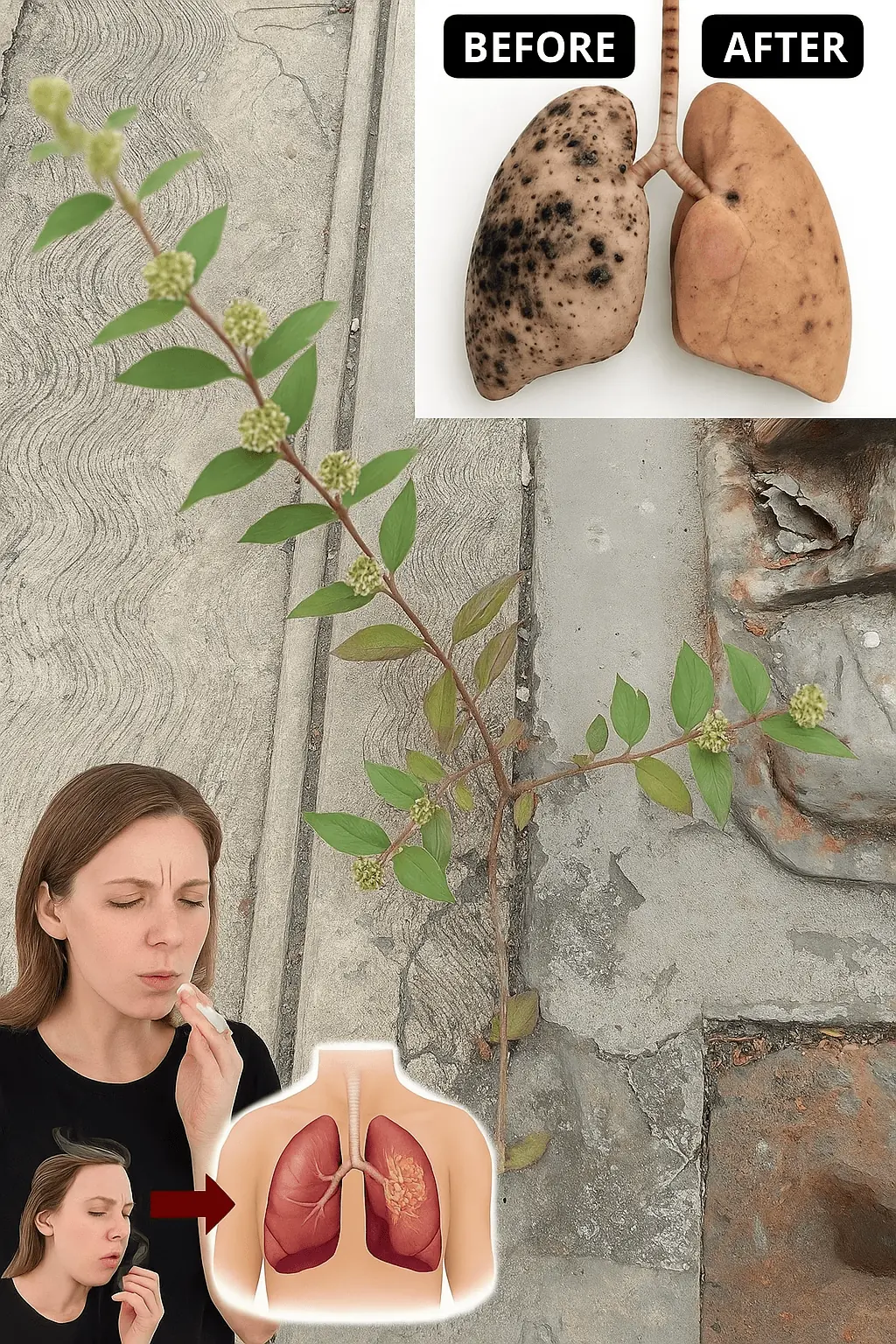
Benefits of Euphorbia Hirta

Why You Should Embrace Purslane in Your Garden: 8 Compelling Reasons

Man who vaped for 9 years issues terrifying warning after being hospitalized with “searing pain”

9 Warning Signs of Diabetes You Might Be Overlooking
News Post

Powerful Cure to Cleanse the Lungs & Sinuses – Breathe Instantly with Horseradish!

Goodbye to Urinary Infections and More: Discover the Benefits of Tradescantia Spathacea

Ditch the Pills: Unlock Chayote’s Secret to Pain-Free, Vibrant Health!
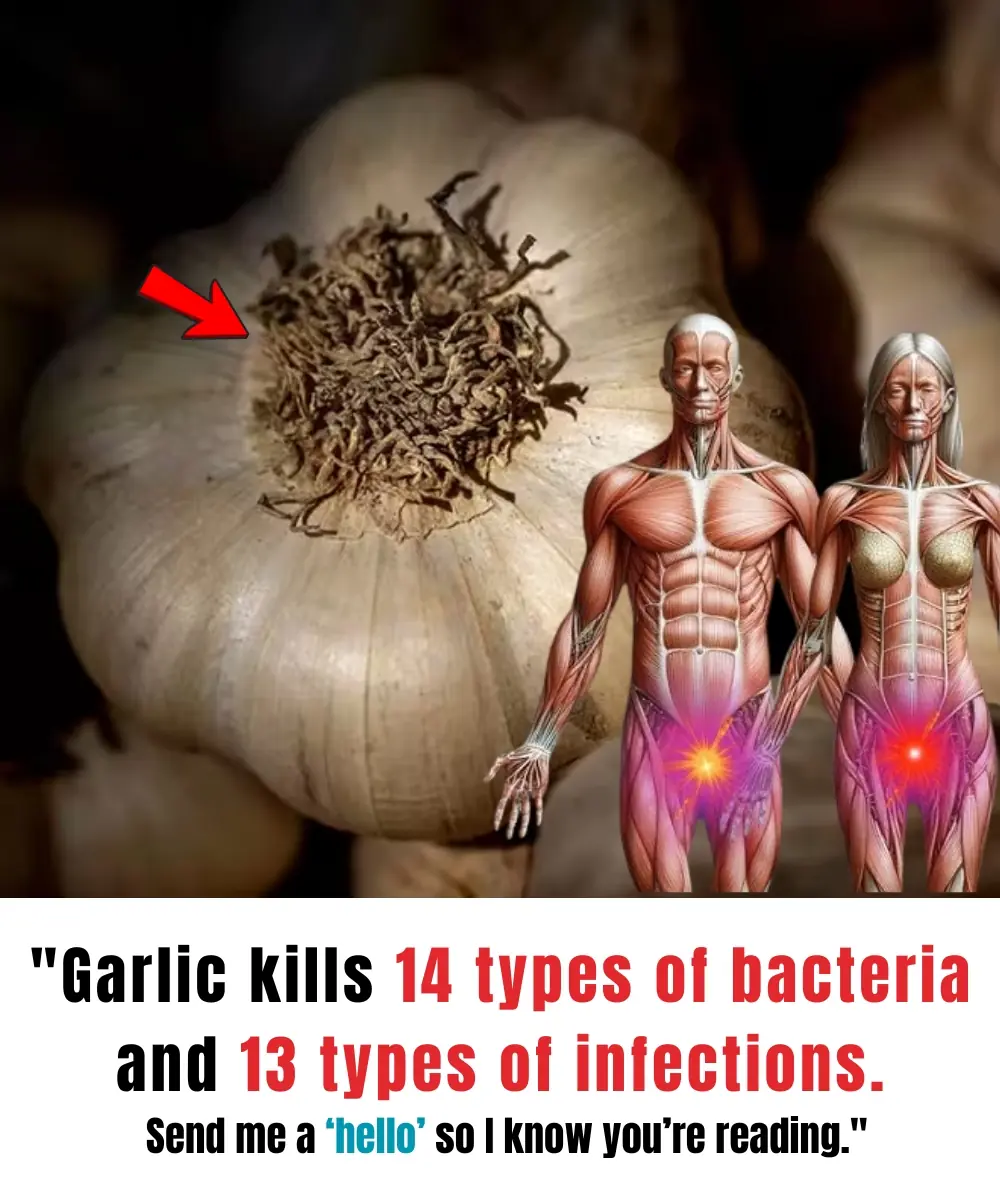
The One Ingredient That Could Protect You From Over 25 Health Threats

Why Do Humans Kiss, and What Happens When We Do It?

Mix Bananas, Garlic, and Dates – Your Body Will Thank You Later!
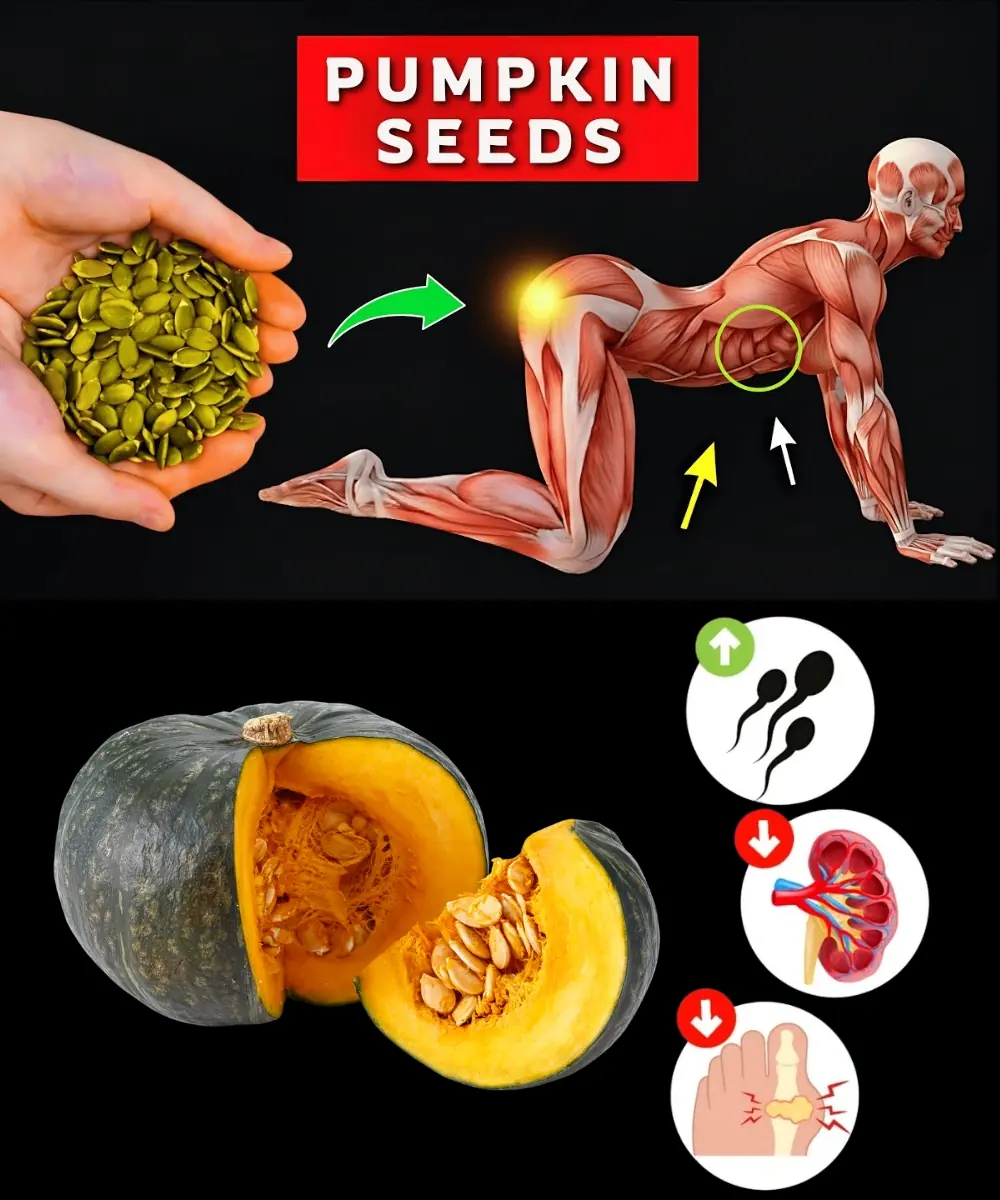
Eat Pumpkin Seeds DAILY and This Happens to Your Body!

American Sweetgum: 7 Surprising Health Benefits and How to Use It at Home

Green Papaya Latex: 18 Surprising Benefits for Health and Beauty

Say Goodbye to Aches and Pains: The Ultimate Ginger, Turmeric, and Lemon Remedy for Seniors Over 50

Just mix LEMON with CHARCOAL and you won’t have to spend money at the market anymore

The Wisest Japanese Secret! Even at 70, You Look Like 35

How To Get the Most Out of Vaseline for Sun Protection | Healthy Care

Papaya Daily on an Empty Stomach WILL Trigger These 12 Things to Your Body!

Nature’s Hidden Gems: Unlock Ovulation Power with Guava Leaves, Aidan Fruit, and Okra

Unlock the Secret Superpower of Onions: A Game-Changer for Men’s Health

Ignite Your Inner Fire: The Ultimate Natural Energy Drink to Amplify Male Vitality

Apply Aloe Vera This Way Before Washing Hair in the Morning for Fast Hair Growth and Dandruff-Free Scalp
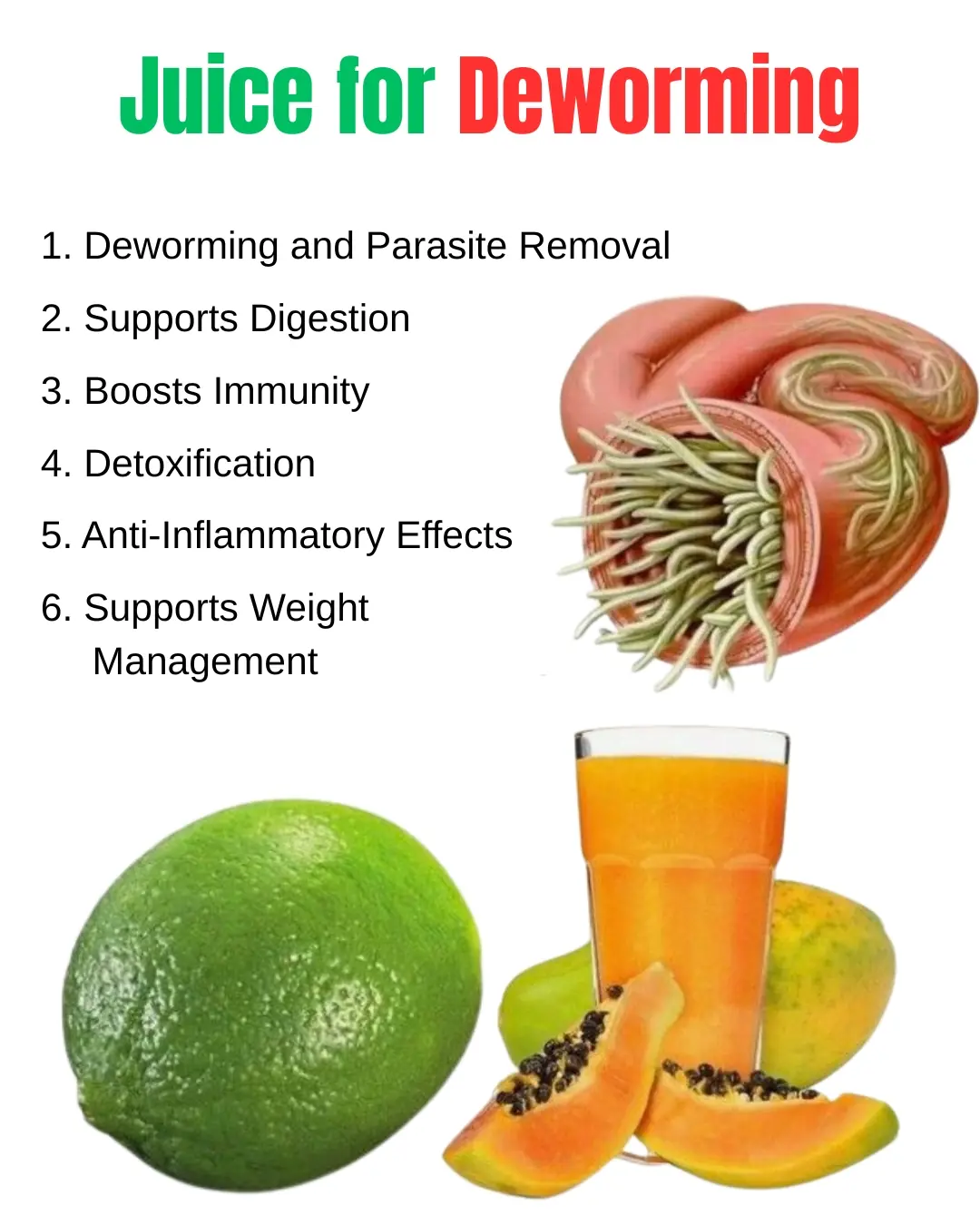
Papaya Seed Smoothie for Deworming: Benefits, Recipe, and How to Use It
